I first entered the painted towns of Shekhawati, in rural Rajasthan, India, in a camel cart. It was winter and the fog was thick . I bundled up and walked the streets, marveling as the town slowly revealed itself to me. As the mist lifted, one by one, ornate trading houses came into view. Each ancient structure was covered head to toe in fresco wall paintings. They appeared as if an artist was painting them into life. The sensation was of being inside the slowly-turned pages of a watercolor painting book. I learned that for centuries, these painted buildings served as commercial houses, pleasure palaces, temples, caravansaries, and private homes. When the early merchant families left Shekhawati for India’s more prosperous and burgeoning cities, they abandoned their opulent dwellings. Some were left in the charge of caretakers; squatters took up residence in many; most simply remain vacant. The buildings have slowly deteriorated over time, ravaged by climate and neglect, and now lie scattered among the desert settlements as an elegiac collection of beautiful living ruins – a crumbling open-air gallery set amid the ordinary affairs of small town life. I returned again and again, visiting several of the Shekhawati painted towns, in order to document them in color photographs for a new photography book.
More info: theshekhawatiproject.net
Rathore Haveli, Mandawa (ca. 1845)
Singhalia Haveli, Fatehpur (ca. 1855)
Poddar Haveli, Mandawa (ca. 1850)
Cameleer and haveli, Ramgarh (ca. 1880)
Elephant mural, Lakshmangarh
Wall mural, Nawalgarh (ca. 1875)
Wall mural, Ramgarh (ca. 1880)
Poddar Haveli, Ramgarh (ca.1880)
A Fantastic State of Ruin book trailer
149views
Share on Facebook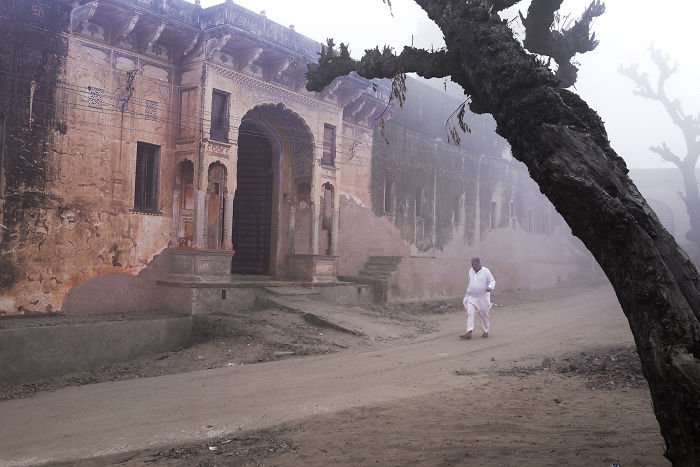
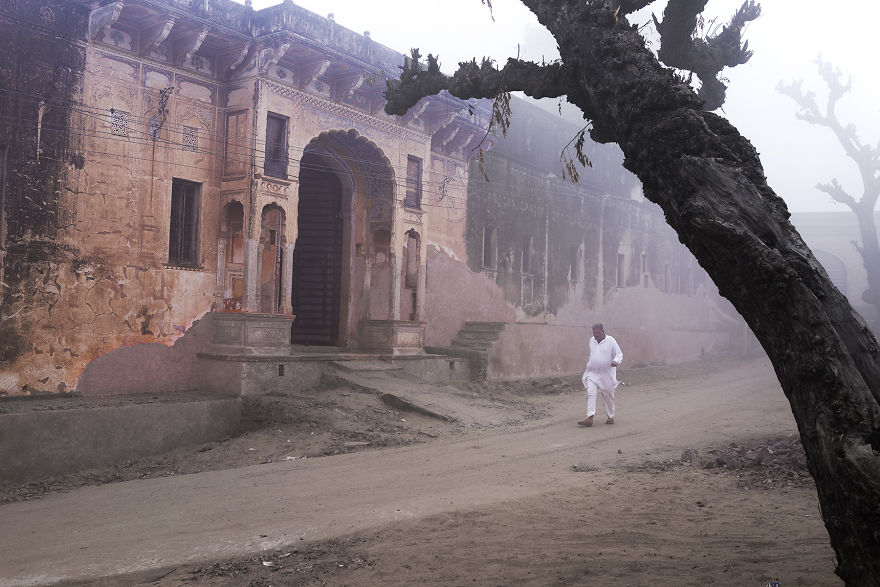
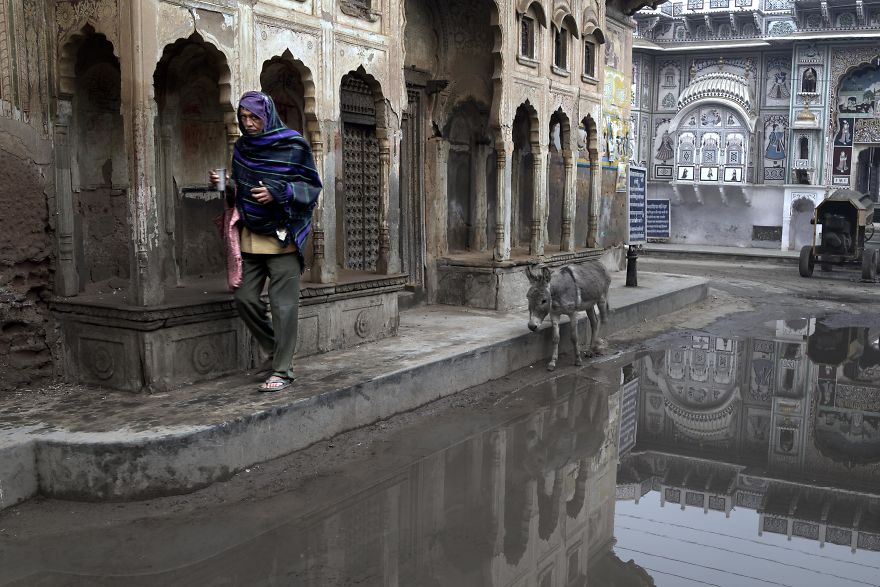
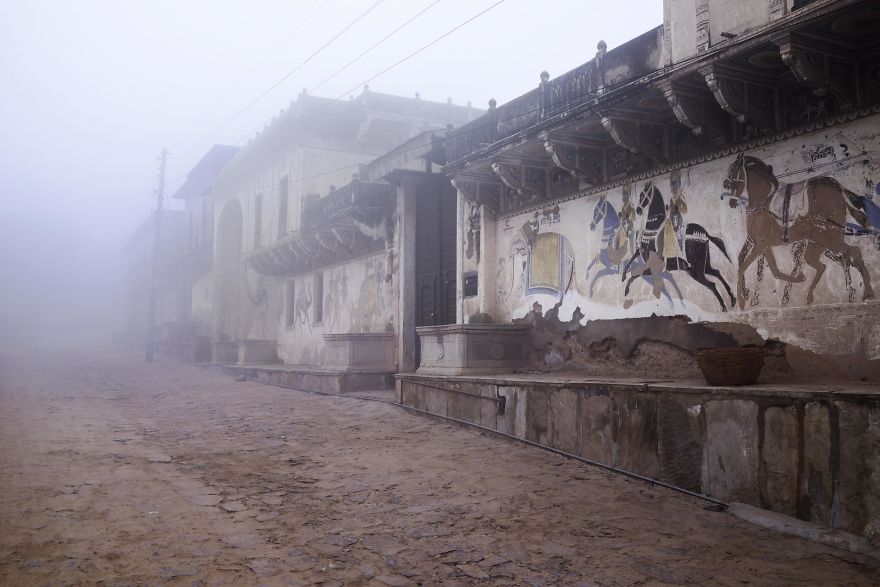
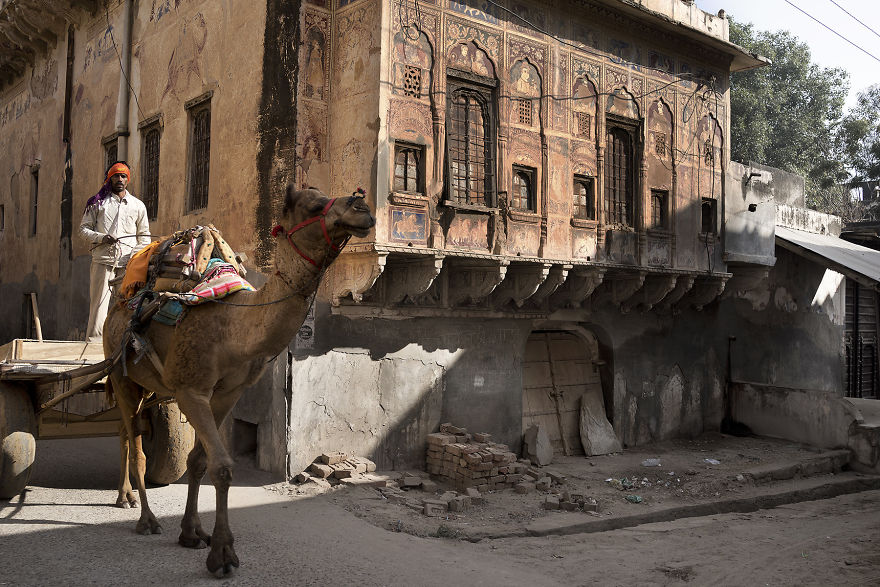
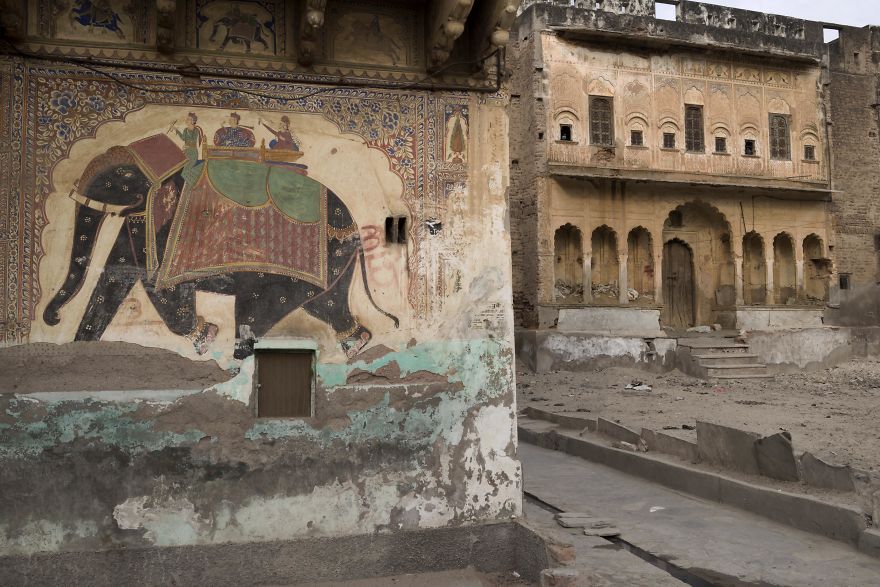
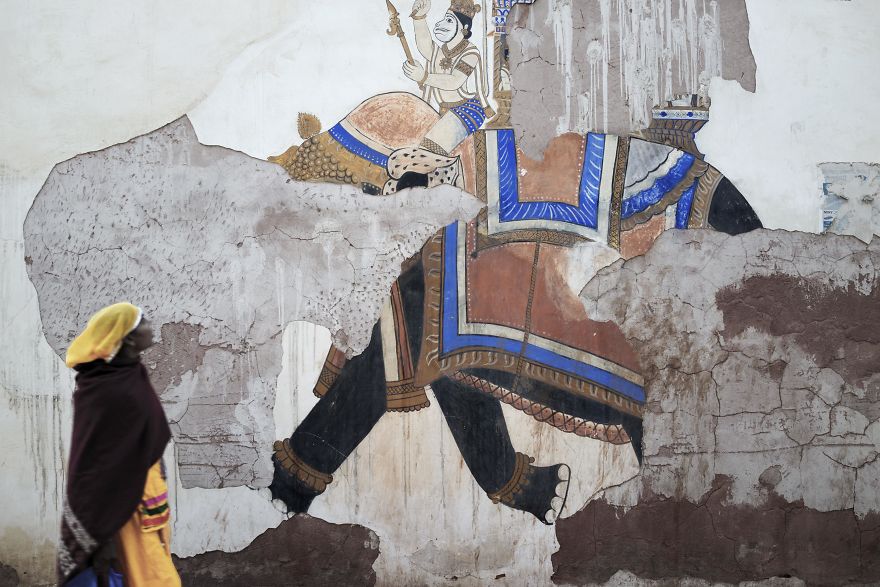
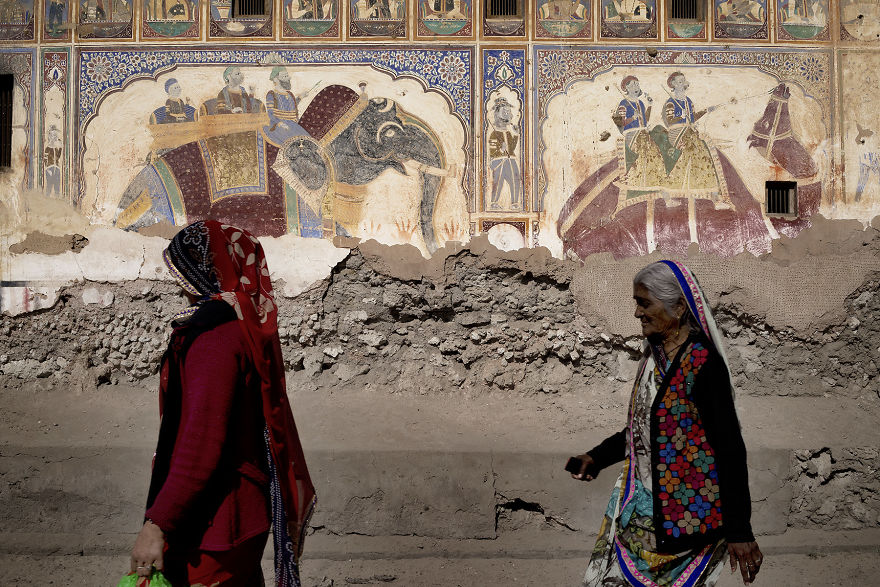
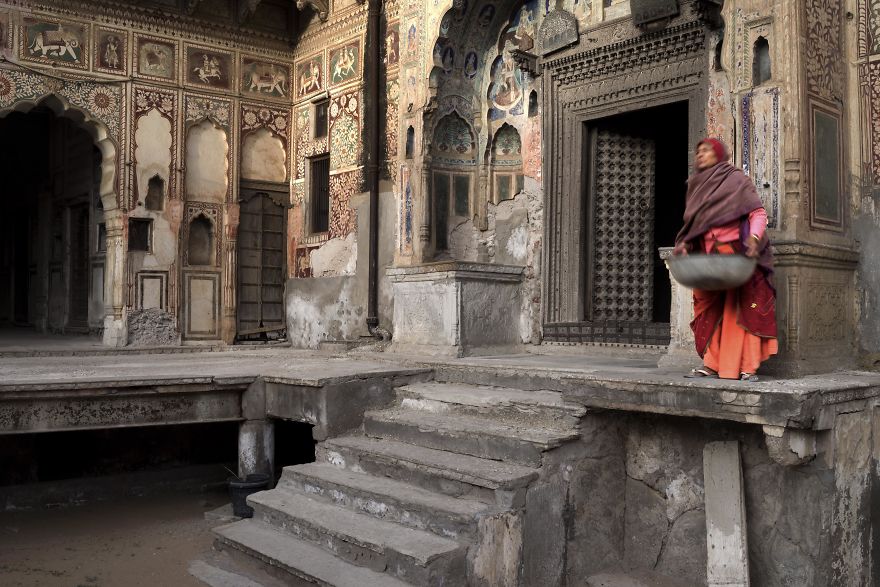



4
0